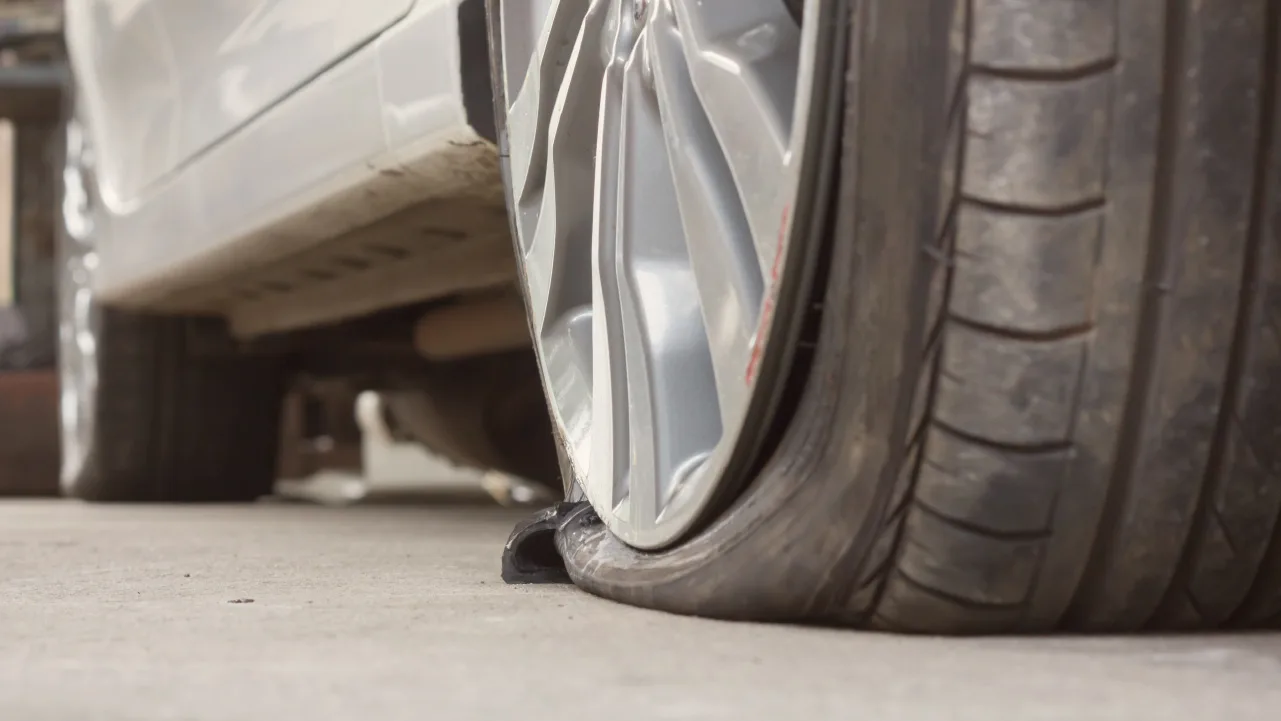Personal Finance
- Financial Term Glossary
- Emergency Fund
Emergency Fund
Emergency fund summary:
An emergency fund is money set aside for unexpected expenses and financial emergencies.
Your emergency fund could help you pay for surprise expenses or cover regular everyday bills when a significant life event, such as a job loss, affects your income.
An emergency fund is an important strategy for managing challenging financial situations that come your way.
Emergency fund definition and meaning
An emergency fund is a dedicated reserve of money for unexpected expenses or financial emergencies. Some examples of unanticipated costs that an emergency fund could help cover are medical bills, car repairs, vet bills, or income loss. A financial safety net could help you feel more prepared to cover the cost of life without accumulating debt.
Key concept: An emergency fund is a cash reserve set aside to offset or cover emergency expenses caused by unforeseen situations.
More about emergency funds
An emergency fund is an excellent way to protect yourself and your financial future. With extra money stashed away in a separate bank account that's easy to access, you may feel more prepared to weather unexpected financial hurdles.
Finding out that you have a costly car repair or medical bill can be stressful. An emergency fund could save the day. You may not need to borrow money or use your credit card for an emergency if you have cash saved up in an emergency fund.
Before starting an emergency fund, consider the best place to keep your savings. Keeping your emergency savings fund separate from your regular checking account could help you avoid accidentally spending it on non-emergency expenses. You can earn interest if you keep your emergency money in a high-yield savings account.
How much money should you save for emergencies?
The amount you should save depends on your lifestyle and financial situation. If your family relies solely on your income, or if you're a high-earner with high expenses, you might need a bigger emergency fund. The idea is to have enough to cover an extended period of no income or low income. For example, if you lose your job or you get injured, your emergency fund could replace your income until you’re back at work.
If you’re a two-income household with little or no debt, you might be able to get by with a smaller emergency fund.
Most people should set aside enough money to cover three to six months of expenses. If the idea of that much money feels overwhelming, you're not alone.
Building a sizable emergency fund takes years for many people. A smaller savings goal is a great place to start. An emergency fund goal of $250, $500, or $1,000 is typically a more manageable milestone to work toward. Once you hit that first goal, set the next goal.
No goal is too small. It's never too late to start building an emergency fund.
Key features of an emergency fund
Readily available (not tied up in investments or property you'd have to sell in order to get spendable cash)
Easy accessibility (a savings account at a bank or credit union is a great option)
Separate from regular spending money (it doesn’t even have to be at the same bank where you have your checking account, as long as you can access it)
Leave the money alone except to cover true financial emergencies
Replenish the money after you use it
Emergency Fund FAQs
Should I build an emergency fund or pay off debt?
Save a modest ($1,000 to $2,000) emergency fund first, then focus on paying off your debt. Once your debts are paid off, you can focus on building a larger rainy day fund.
Is $5,000 enough for an emergency fund?
A $5,000 emergency fund is a great starting point, as that amount can cover a wide range of expenses. If you're worried about being laid off or experiencing a life-changing event, you might want to set aside more.
Where should I keep my emergency savings?
The best place to keep your emergency fund is somewhere safe and accessible. A high-yield savings account, for example, is secure and you can earn interest on the balance.
Related Articles
Saving for emergencies can sound like an impossible task. Our tips can help you get started—and gain peace of mind
You can start building emergency savings, even with a small amount. . Here are a few other tips to create an emergency fund if money’s tight.
There are four situations when it’s okay to use your emergency fund, but otherwise you shouldn’t touch it. Find out when it’s alright to use your fund.


